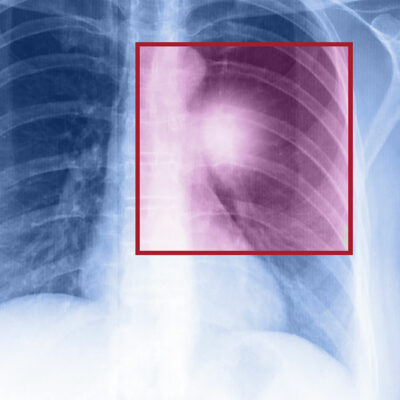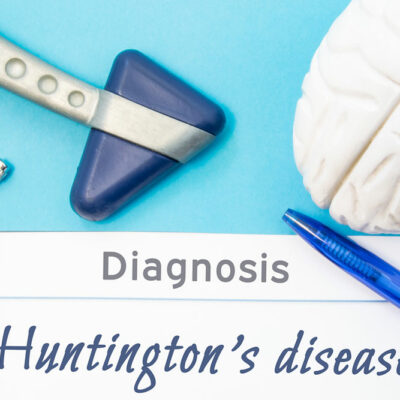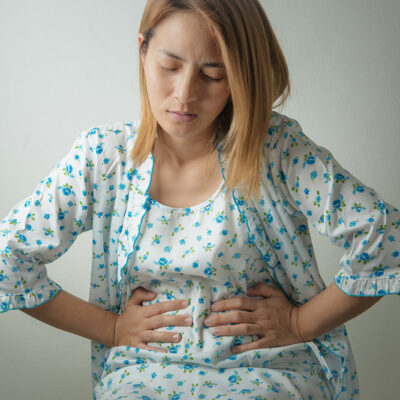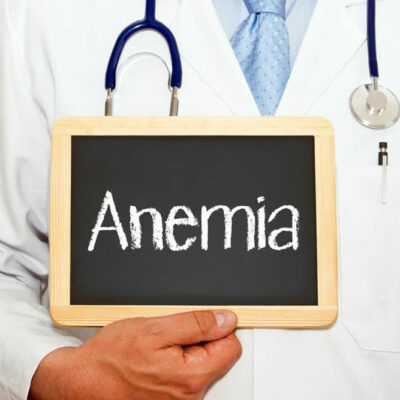
Symptoms and Treatment of Metastatic Lung Cancer
Cancer is a life-threatening condition that typically forms particularly in one area or region of the body and this region is known as the primary site. Cancer cells can travel to other parts of the body, breaking away from its primary site through the bloodstream or the lymph system and is called metastasis. Metastatic lung cancer occurs when cancer cells break away from a tumor formed in the lungs and travel to other parts of the body through the blood or the lymph system. Even though the cancer cells have traveled and spread to a new location in the body, it is still named after the body part from where it all started. It is common for lung cancer to metastasize even before it is diagnosed, as symptoms generally do not show up when the lung cancer is already present. The most common sites of metastasis for lung cancer are the other lung, adrenal gland, bones, brain, and liver. Metastatic lung cancer is very different from recurring lung cancer, as recurring lung cancer affects the same part of the lung after being treated rather than moving to some other parts of the body. A metastatic cancer is always caused by the cancer cells developing in some other regions and traveling to another part of the body.





